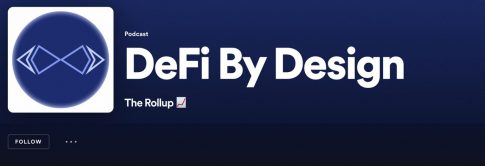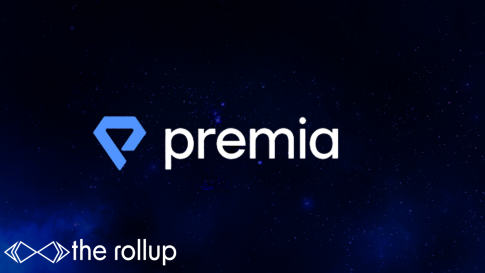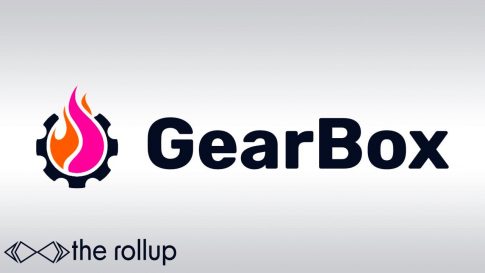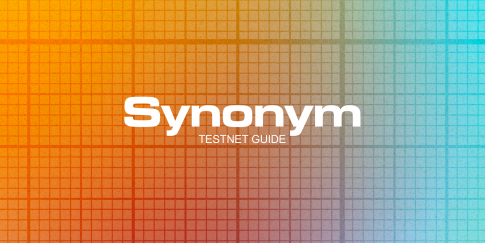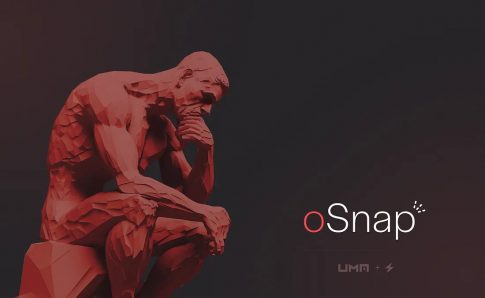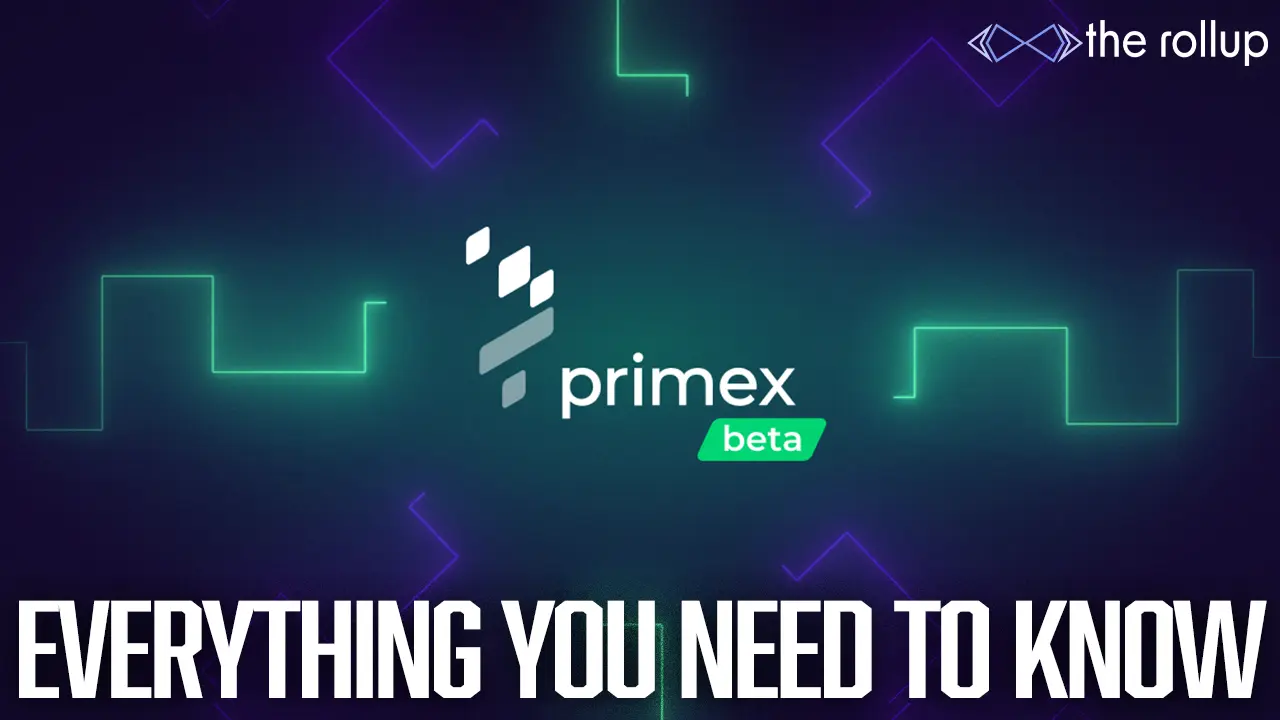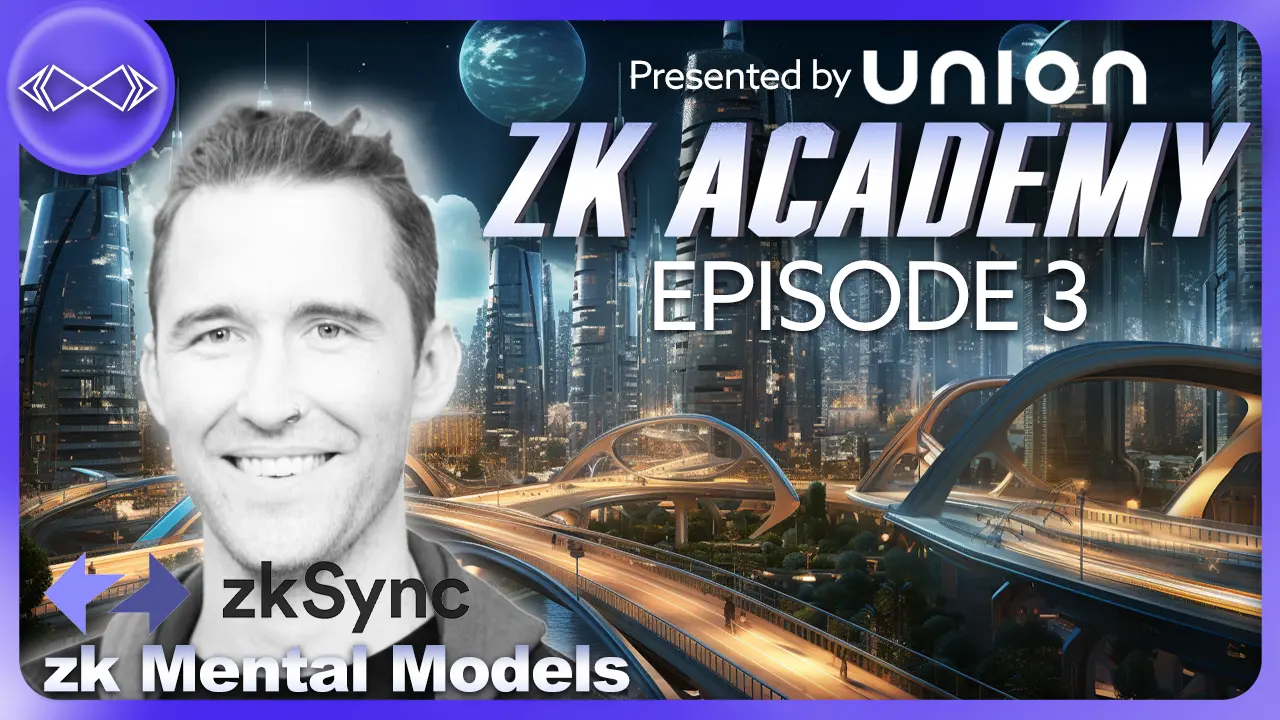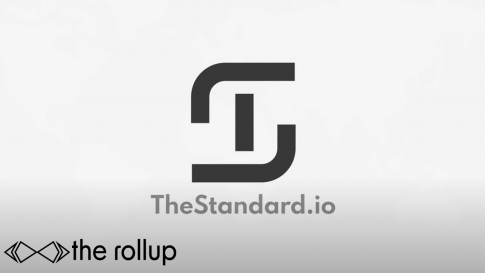
Tech Stacks and Trade-offs: Insights from Devconnect’s L2 Panel Discussion
NFL Season is available to trade on Overtime – Sports market AMM built on Thales Market, a Synthetix ecosystem project. Earn your share of 90k $OP, 90k ARB, and 180k $THALES in incentives. Try it ???????? HERE!
Premia Finance is a decentralized options protocol that revolutionizes market-driven pricing and provides capital-efficient returns for all. Head over to Premia Finance today and start taking advantage of the future of decentralized finance! HERE.
High Rollers:
The recent Devconnect panel on Rollups, Validiums, and Optimiums provided a wealth of insights and hot takes. Moderated by Prabal Banerjee of Avail Project, the panel featured key figures from Mantle Network, Astar Network, Cometh, Manta Network, and Automata.
From the choice of tech stacks to the future of L2 and L3, the panelists shared their insights, strategies, and predictions, sparking lively debates and offering a wealth of knowledge.
Let’s dive into the highlights and live updates from this enlightening discussion.
Cheers,
The Rollup
Rollups, Validiums, & Optimiums Panel at Hot Take Battle Of the L2s day
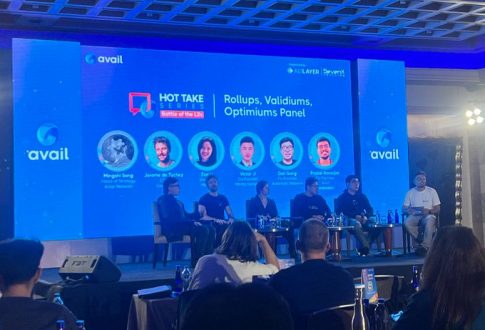
Moderated by Prabal Banerjee of Avail Project.
Let’s dive in with live updates
We start off with intros of each speaker, and the important points from each project:
Zoe Li – Strategy, Mantle Network
Mingshi Song – Strategy, Astar Network
Jerome de Tychey – CEO, Cometh
Victor Ji – Co-Founder, Manta Network
Deli Gong – Co-Founder, Automata
Starting now????
Prabal starts with a “spicy take” his first question is “when you are choosing the stack of your choice, what are the key ingredients while choosing the stack? UX? Usecases? Or other?
Here we go…
Mingshi of Astar Network says they are using Polygon CDK because of “synergies” with Polygon to bring “real world use cases” to web3, as the user base is now limited.
They want to lead those new users to web3 & that Polygon is very experienced in this type of onboarding.
The second POV from Minshi is that for Astar, they want high EVM equivalence (who doesn’t? ????), he says when it comes to zkEVM, Polygon CDK is the “only mature enough” solution in the space which is highly equivalent.
He mentions that they are still using a type 2 zkEVM.
Definitely a spicy take, and Jerome of Cometh agrees with this that Polygon is dominating the zkEVM space.
He adds that there is no one solution for your usecase, he says they decided to not to go for zkEVM at first b/c they wanted to work with tooling which was already built.
He dives into their decision to choose between Optimism/Arbitrum, stating congestion as a strong part of their decision making.
Cometh is very focused on gaming, and Jerome adds that they also were looking for pre-compilers using arbitrum stylus.
They chose Arbitrum.
He begins to dive into the DA layer question, and the tradeoffs of using different DA layers. They kept some “philosophical” direction and wanted to keep costs/time requirements low, and are now using Alt layer for their DA needs.
He also says…
He thinks the DA layer spectrum will be changing rapidly over the coming weeks, many solutions will arise with different tradeoffs.
Zoe, from Mantle now chimes in about the choices between deciding to start an L1 or an L2 a year or so ago…
She mentions in their initial decision making, it was a choice between using the
Optimism stack or going with zkEVM.
They chose OP stack.
Seems like zkEVMs are struggling to gain as much traction as optimistic rollups now.
I bet this changes over next 18months though.
Next, Victor from Manta Network chimes in that they started in Polkadot, and were one of the first zk-based multi-asset privacy addresses in the space.
They were very committed to Polkadot, but the tech stack was not there.
Is there anything happening on Polkadot? *crickets*
Victor mentions that they pivoted, built new usecases, and started to collab with different projects on zk application layer, focused on onchain games as well.
They are also using Alt Layer in some capacity. Their goal is to grow adoption and not commit to “one ecosystem”
Victor explains some of his learnings over the years, and explains how they have tons of onchain games (new one, weekly) which cause a lot of congestion.
He mentions in detail the transition they aim to fulfill in their roadmap towards zkEVM, trying to be a unique L2.
Next question from Prabal Banerjee is around L3s stack, and how the panelists see the L2 space evolving with regards to app-specific rollups vs gen purpose?
Deli from Automata Network explains first that they are leaning into this big time.
He says they will likely try different DA solutions in the future, and they are “just building smart contracts” and working with RaaS providers in an agnostic fashion.
He says they want to focus on seamless L3<>L2 & L2<>L2 interop in a trust minimized way.
Victor from Manta Network explains that there will be some onchain games that would likely deploy on an L3, and from a practical POV they would want shorter blocktime and different DA layers.
He mentions the Manta community being a strong factor for gaming ecosystems.
He also adds that from the L2 POV, they are ready to support these initiatives, but is very considered about the L3<>L2 bridging UX.
He doesn’t want users to have to “cross a bridge” (because there are trolls under it?) no, because its a huge roadblock for new users.
Also, the security concerns and interop concerns which come with bridging.
Zoe from Mantle mentions that L3s are not really in their crosshairs yet, but she sees the use case come in potentially down the line.
They are focused on whats ahead of them now.
Jerome from Cometh says that in their first design attempt they wanted to post data/state directly to L1, and then eventually move to a diff DA layer.
In order to move further down the modular path, they could also commit their state to an L2, which eventually goes to L1.
The rational for Cometh being an L3, atop of Arbitrum Stylus, which is built atop Arbitrum L2, atop Ethereum L1 is they expect Arbitrum to move faster towards danksharding.
WEN EIP4844?!?!? Maybe Q3 of next year imo.
He mentions a diff POV to understand this question, how many nodes do you need to be secure/safe in as you scale to new layers on a DA pov etc
He says when you consider this, it should guide builders who want to choose an L3 or an L2.
Mingshi from Astar Network adds that they are very interested in building L3s. Right now, you can build atop on testnet for L3s on Astar.
Quick side note: Gelato Network helped bring Astar to Ethereum from Polkadot using their RaaS.
Mingshi states that the costs of real world use cases which require tons of txs is a big push to build L3s. He also adds security being a huge factor in the block production time, and that tradeoffs are always present.
Isn’t that why were here!? To solve the trilemma baby! Lol.
He adds more on the block production requirements and tx cost requirements all play a part in how you build L3s/or why you build L3s.
Jerome adds that the L3 bridging situation now is quite complicated, but defi power users are the ones using this tech now.
He mentions this is a small subset of millions of users with significant capital (probably hundreds of thousands, tbh) and this is not the main focus.
He states they want to bring on normal people who love gaming, and that bridging should be the least of their concerns.
He says it should be as easy as browsing the web, and that bridging between layers should be as easy as switching browsers.
Now Prabal, moderator, asks about the best trust minimized way to move assets across L2s/chains?
Jerome says he doesnt see any great way to cross L2s/L3s without going back to L1, and if you dont want to go back to L1 (bc gas fees) you need to use storage proofs
Zoe adds in that onboarding new users is the key priority here now, not the interop problem.
Victor adds in that from a user side the interop / UX is much more important, and that they have great vision to utilize zk based tech in their bridging.
Another thing he mentions, is that Manta Network has a clear strategy: liquid staking assets and capital efficiency for them.
They plan to take assets from L1 and make it more capital efficient on L2s, but on the user/research side we need to consider more realistic things to bridge the gap.
Deli from AutomataNetwork gets back to the original question of cross-chain transfers.
He says the best thing if youre building within one eco there is likely a built in trust minimized message passing or DA layer.
He says if you go one layer up or change settlement layers, it becomes more difficult and you have to rely on bridges.
He continues to iterate on how delays in transfers using diff tech stacks is a tradeoff you have to continue. Prabal then chimes in that we saw different takes here in the question.
He has a spicy question: “What is the failure model in each of your rollups?”
Oh boy. ????️
Mingshi from Astar starts with that their POV, right now there testnet relies on one sequencer and one prover…we have a ways to go!
They have adopted one of the most reliable RaaS infra as a first step.
He mentions they are exploring decentralized and shared sequencers being in the roadmap with Polygon CDK.
They may use their native token to incentivize shared sequencer / prover model in the future, with no concrete solution yet.
Mingshi says its possible that the token can accrue value through sequencers/provers fees etc.
Jerome chimes in comically that if they have issues they “ping Arbitrum or AltLayer on Telegram and say hey guys, whats up?”
Hahahahha
He then adds (seriously) that they are looking to add more nodes consistently and also an “escape hatch” for the network.
The production team keeps playing this buzz noise as if the answers are wrong. Pretty funny ????
Zoe adds that its a difficult question to tackle and that they are working closely with Optimism team to understand solutions. That DA and other aspects, is a new focus. Mantle is still running centralized in-house sequencer, she mentions that MNT can be used as gas token.
And that Mantle is looking for more bootstrapping and usage of their token going forward.
Victor then adds in that they are researching for decentralized sequencers and shared provers for them are more important now.
They can lower costs (socialize the proving costs amongst diff chains) within their zk environment, and potentially have shared liquidity as well.
They are using Polygon for their shared prover tech for interop and lower costs.
It seems that every rollup is still using centralized/in house sequencers and provers, which is expected.
Each team expressed interest on the roadmap to move to more quantity or more decentralized alternatives, always good to see that.
The panel is wrapping up now, for more details on rollup centralization issues review this post from a few months back: here
???? Together with:
Composable leverage protocol. Open a Credit Account & get 15%+ with DeFi-native leverage; or earn passive lending APY with no stress ???? Here
It’s officially time to start testing the first version of Synonym. Break things, provide feedback, and of course, get rewarded.???????? Here
Off-chain governance. On-chain execution. Optimistically execute governance transactions on-chain where your community can approve them. Check it out Here!
The Rollup Report ????????????
⚠️ DISCLAIMER: Investing in cryptocurrency and DeFi platforms comes with inherent risks including technical risk, human error, platform failure and more. At certain points throughout this post, we might get a commission for promoting certain projects, if this is the case we will always make sure it is clear. We are strictly an educational content platform, nothing we offer is financial advice. We are not professionals or licensed advisors.
???? Check Us Out On Twitter!
???? Subscribe to our YouTube channel!
???????? Join the The Rollup Discord Server!

